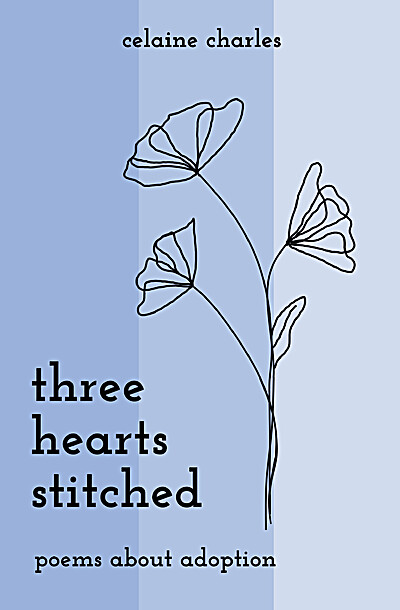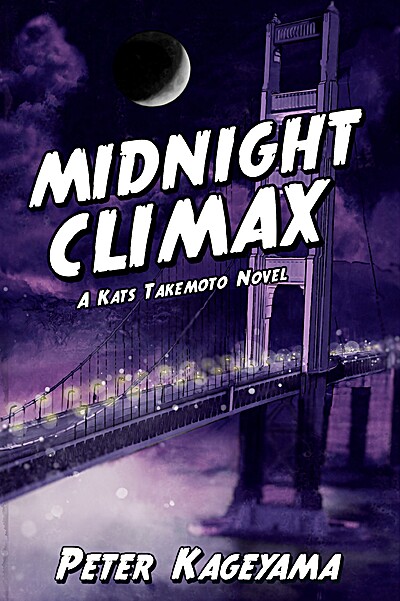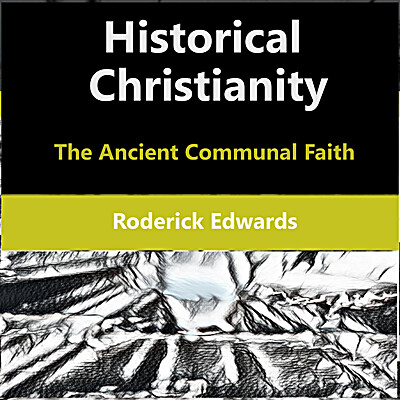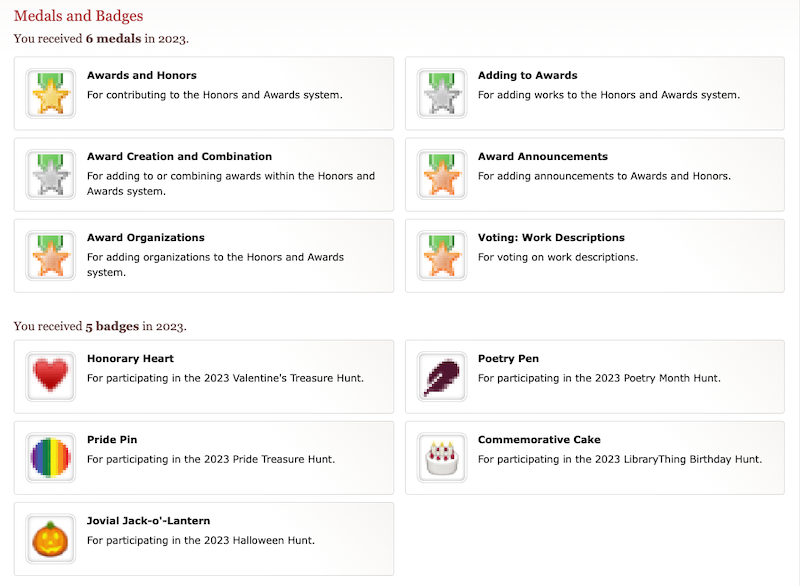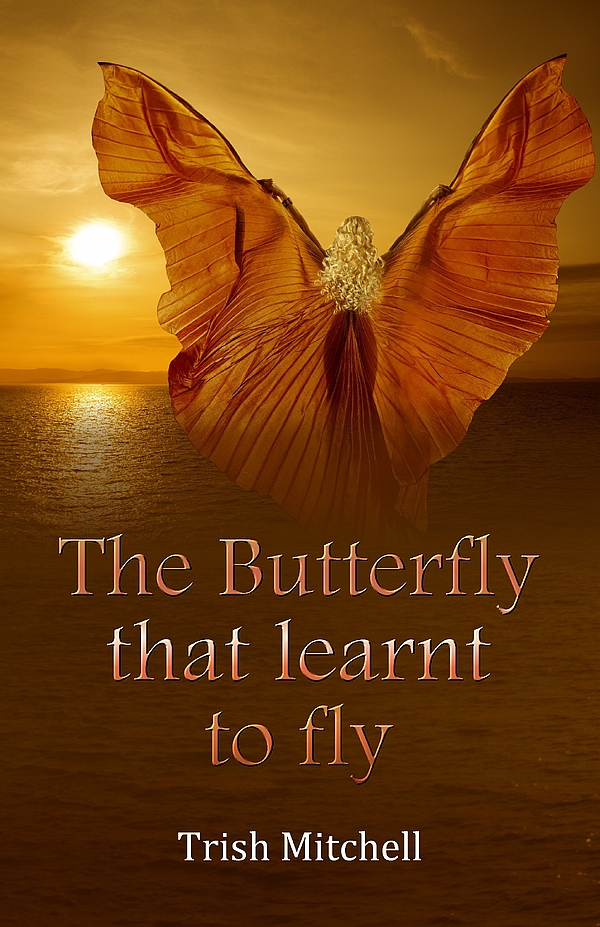
LibraryThing is pleased to present our interview with author Joyce Maynard, whose bestselling 1998 memoir, At Home in the World—a subject of controversy in some quarters due to its exposé of the author’s brief relationship with the reclusive J.D. Salinger—has been translated into sixteen languages. An earlier memoir, the 1973 Looking Back: A Chronicle of Growing Up Old in the Sixties, was Maynard’s book debut. She would go on to pen three other works of nonfiction and twelve novels. Two of her novels, To Die For (1992) and Labor Day (2009) have been made into films—the 1995 To Die For starring Nicole Kidman, and the 2013 Labor Day starring Josh Brolin and Kate Winslett. From 1984 to 1990, Maynard was also the author of the syndicated column Domestic Affairs, and she has contributed articles and reviews to numerous publications. Her 2021 novel, Count the Ways, described by Joyce Carol Oates as a “fearlessly candid, heartrendingly forthright examination of the joys and terrors of family life,” won the Grand Prix de Littérature Américaine (American Literature Grand Prize). How the Light Gets In, Maynard’s thirteenth novel, and the sequel to Count the Ways, is due out from William Morrow later on this month. She sat down with Abigail to answer some questions about her new book.
How the Light Gets In is a departure for you, in that it is the first sequel you have written and published. Did you always mean to write two books about your main character and her family, or did you find, upon finishing Count the Ways, that there was more to tell? Does writing a sequel differ from writing a stand-alone novel, and was there anything particularly challenging or enjoyable about it?
When I wrote Count the Ways, I never envisioned it as the first of two novels. I imagined, when I reached the last page of that novel, that I would have to say goodbye to the characters in that story. (This is always hard, by the way. My characters become so real to me, over the course of writing a novel, that when I reach the end, I miss them. Even the problematic ones.)
But after Count the Ways was published, I heard from so many readers who wanted to know what happened next. Many expressed concern—even anger—that the main character of Count the Ways, Eleanor, seemed to have spent her entire adult life sacrificing herself for everyone else and putting her own needs last. They wanted to know: When did it get to be Eleanor’s turn?
I thought long and hard about this. As a woman–exactly the same age as Eleanor, and one who has grappled with that same question—I wanted to see Eleanor reach a new stage in her life, as I have in mine, where she is finally able to ask the question “What do I want… for my own life?” And she is finally able to let go of feeling that her role in life is to look after everyone else.
I spent a whole year just thinking about what kind of next chapters I wanted to give to Eleanor. I didn’t begin to write How the Light Gets In until I had a clear sense of what would make a satisfying resolution for this woman I had come to know so well. Almost as well as I know myself.
Of course she encounters many challenges in the new novel. Some very grave. But her perspective has changed with the passage of time. She’s not trying to fix everybody’s problems any more. She knows she can’t do that. She’s made her peace with imperfection. That’s why I gave this new novel the title I did. It comes from a song by Leonard Cohen, with the line, “There is a crack, a crack in everything. That’s how the light gets in.”
This new story is about learning to embrace the messy, difficult, sometimes painful cracks in our lives. And finding beauty in them.
As for the challenges of writing a sequel: I wanted to make sure, as I wrote this book, that a reader would not have to have read Count the Ways to read and appreciate this one. (Of course I recommend that a reader begin with the earlier novel. But it’s definitely not a prerequisite for understanding this one.)
What was challenging: Keeping track of all those different characters—the members of Eleanor’s family, and others—over the passage of time. But I loved that too. I got to spend more time with some characters I love, chief among them Toby, Eleanor’s youngest son, brain injured at age 5. He’s in his late thirties when the new novel opens, and grows into his forties. I love Toby so much. I wanted good things for him. I wanted him to find love. It wasn’t easy, imagining where that might come from.
Between the two books, you cover some fifty years in the life of one family—a life played out against the backdrop of public events. In How the Light Gets In this includes climate change, the Covid-19 pandemic and the events of January 6th. What connection, if any, do these events have to the lives of your characters? Are they simply the backdrop against which more personal crises unfold, an influence on your characters and their choices, or perhaps some kind of parallel to individual experience?
To me, there was no way to write about the years from 2010 to 2024 without making reference to what was going on in our country at the time. I could no more set a novel in the Trump years—and their aftermath—than I could set a novel in France or Germany in the late 1930’s and early 40’s and not mention World War 2.
I write about relationships, families, what happens in kitchens and living rooms and bedrooms—and at the edge of a waterfall, or a small town bowling alley, or in a school where kids learn to be fearful that a kid with an AK 15 might walk into their classroom. In my mind, there is no way to separate what happens in those places, from what’s going on in our country and the world. I’m not getting on a soapbox when I write, offering my political opinions. I’m trying to portray life in the United States of America as ordinary people live it.
Your book has been described as a family saga, one that addresses “the new American family.” What does this mean to you? What distinguishes the new American family from the old, and what does your story say about the role of family in our lives?
When I was growing up—in a household of many secrets and troubles as well as much creative inspiration—I took my definition of “a happy family” from what I saw on television. Mother/ father, kids. Nobody worried about a father getting drunk, or the mother suffering from depression, or one of the kids addicted to drugs. No divorce. No money problems. No struggles with gender identity.
I carried that picture into my own adult life. When I was divorced from my children’s father, at age 35, I was viewed, the term for where I lived with my children was “a broken home.” At the time my marriage ended, I was supporting our family writing a syndicated newspaper column about raising children, being a parent. Almost half the newspapers who had been running that column chose to drop it, once I announced the divorce. “Joyce Maynard is no longer qualified to write about family life,” one editor at a major newspaper wrote to my newspaper syndicate.
Over the years, my definition of “family” has evolved considerably. So has our national perception, I think. A family can be two women, or two men, or a single parent and her children. Sometimes we make our own families, that have nothing to do with blood connection.
I still know myself to be a person who cares deeply and passionately about “family”. But I know now, there is no one picture of what constitutes a family. And more than one way to be part of “a happy family”. And no such thing as a perfectly happy family, either. What I strive for these days is to accept my flaws and failures, as I do those of others around me. Being part of a family requires compassion and forgiveness. Not perfection.
You have written two memoirs over the course of your career, and have spent time reflecting on the events of your own life. Did your personal life story provide any inspiration when writing about Eleanor and her family?
I want to make this very plain: Eleanor is not me. She’s a fictional character. But I’d be lying if I pretended that her story wasn’t hugely informed by my own experiences of parenthood, love, loss, divorce, and its aftermath. I’ve also been the beneficiary of a huge gift over the years, which has come from nearly thirty years I’ve spent hosting memoir workshops for women.
Hundreds of women—well over a thousand, in fact—have trusted me with their most intimate and often painful stories, over the years. Those are private. I don’t divulge what women tell me in my memoir workshops, unless they specifically grant me the right to do so. But I have learned as much about women’s lives in those workshops as the women have learned, about writing. I carry the stories of those women with me every day of my life. They are always with me when I write.
The figure of the mother is central to both of these books, even when she is missing from the family circle, or estranged from her children. What does your story have to say about the role of the mother? What does a mother owe to her children, and what does she owe to herself?
There’s a chapter in How the Light Gets In called “The Definition of a Good Mother”, in which Eleanor strives to answer the question, “what is a good mother?” And tackles the impossibility of ever being good enough. (In case you want to take a look, it’s on page 259 of my book. I’m pretty sure that when I travel around the country, giving readings and talking about this new novel of mine, I’ll read a few paragraphs from that chapter.)
I could say so much about this question, of what a mother owes her children, and what she owes herself. In many ways, I think this entire novel stands as my attempt to answer those two questions. What I’ll say here, to keep it simple, is that there may be no greater gift a mother can give her children than the model of a woman who—along with providing them loving care, nurturing and attention—also values and respects and cares for herself.
When a mother fails to do those things—when she sacrifices everything for her children—sooner or later she finds herself in Crazyland. (Read Count the Ways and How the Light Gets In and you’ll understand what I mean).
Tell us about your library. What’s on your own shelves?
Plenty of fiction of course. But also: Art books. Poetry. Children’s books. Books of classic photography. Books about US history. And my collection of the Sears Christmas Catalogue from around 1960 to 1969. Among other things…
What have you been reading lately, and what would you recommend to other readers?
In honor of Alice Munro, a writer I revered—and one whose work always instructs me—I am trying to reread as many of her short stories as I can this summer. (Last summer I did the same with the short stories of Raymond Carver and Andre Dubus II.)






































































































































































































































































































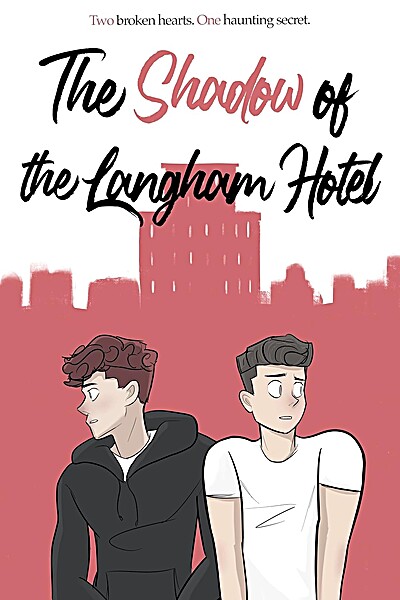






































































































































































































































































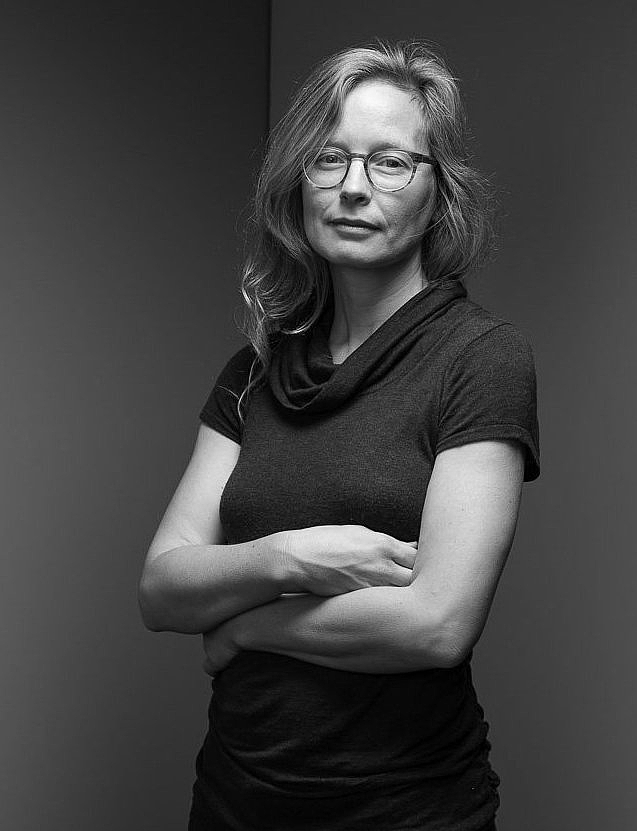


















































































































































































































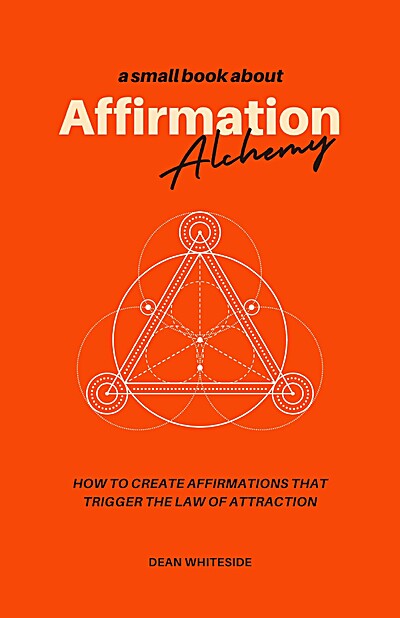


















![GRE Reading Comprehension: Detailed Solutions to 325 Questions [Seventh Edition]](http://web.archive.org./web/20240609031805im_/https://pics.cdn.librarything.com//picsizes/46/50/4650a0d13e3f25c5973456e3667435141514141_v5.jpg)








































































































































































